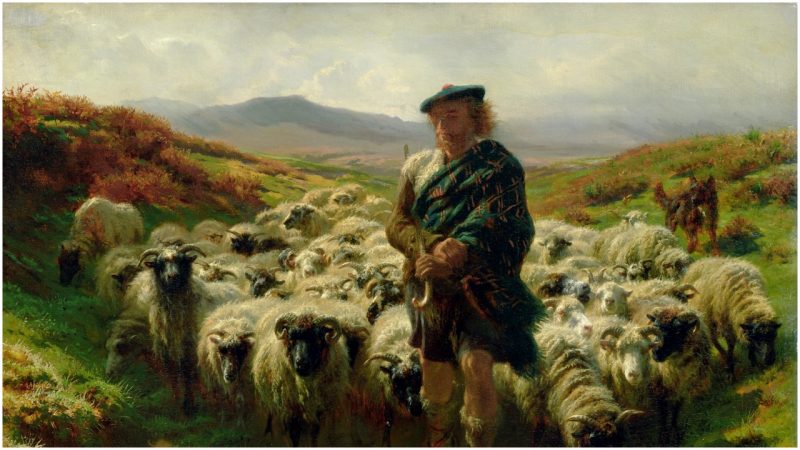As superhero origin stories go, getting a blood transfusion from a sheep and becoming the Magnificent Man-Sheep really isn’t going to knock radioactive spider bites from the top spot.
Amazingly given how risky they are, the first human blood transfusions didn’t take place at the tail end of the 19th century, but in the second half of the 1600s.
The movement of blood between the heart, lungs, and brain was first identified by English physician William Harvey in 1628.
Harvey’s theory about the circulatory system flew in the face of medical opinion at the time, which held that the left hand side of the heart only pumps blood around the left of the body and the right hand side of the heart did the same over on the right hand side.

It took 20 years for Harvey’s work to become orthodoxy and another 20 years for anyone to make good on it.
Armed with the facts about how blood made its way around the body, in 1665 Richard Lower performed the first successful blood transfusion when he swapped blood between dogs without all of his four-legged patients dying on him. At least, not straight away. The doner always died, but the recipient might live for a while.
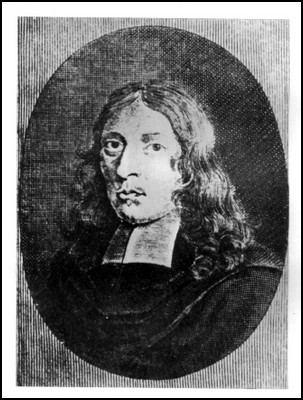
England’s intellectuals were fascinated by the possibilities. Robert Boyle, who is regarded as the first modern chemist, wrote to Lower pondering whether transferring the blood from one dog breed to another would change the colour of its fur, change its personality, or improve its sense of smell.
The famous diarist Samuel Pepys wondered in turn what this discovery might mean for humans, writing that it “may, if it takes, be of mighty use man’s health, for the mending of bad blood by borrowing from a better body.”
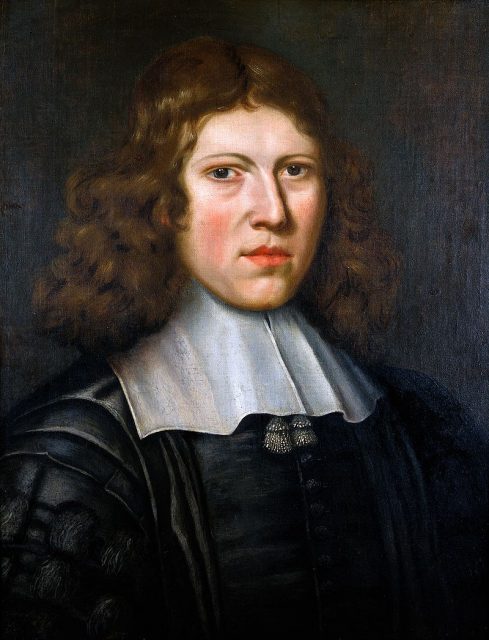
Lower agreed that humans would be next and his confidence was boosted by news of a similar experiment over the English Channel in France.
Jean-Baptiste Denys deserves the laurels for the first successful blood transfusion in history. Denys bled out a feverish 15 year old boy and then administered sheep’s blood, a procedure called a xenotransfusion (meaning between species).
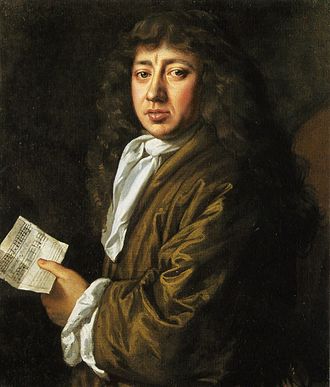
The boy survived. He was still sick because human and sheep blood isn’t even compatible let alone a miracle cure, but this apparent success was enough for Denys who repeated the feat with a butcher as the recipient. Incredibly the butcher also survived, until inevitably Denys managed to kill someone on his third attempt (using a calf this time) and the French courts banned blood transfusions.
Lower’s test subject for his first human/animal experiment was the mentally ill Arthur Coga — the only person who would volunteer for this new procedure — and a lamb. The xenotransfusion took place in front of the prestigious Royal Society on November 23, 1667, the Justice League of England’s scientific elite.
Sharpened quills (the hollow ‘points’ of feathers) were used to pierce the sheep’s carotid artery. Silver pipes were inserted into the end of the quill sending spurt after spurt of hot, sticky blood into a small bowl nearby until it was filled. This gave Lower a decent estimate as to how long he might need to complete his transfusion.
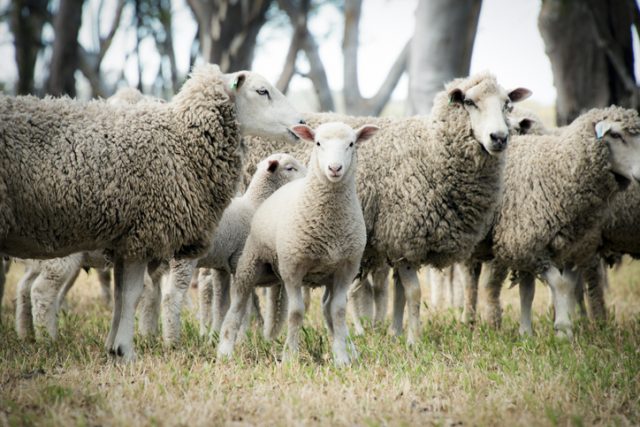
A vein was then opened in Coga’s arm and another quill and pipe inserted to allow six or seven ounces of blood to drain from him. The pipe was then fixed between the two quills to allow blood to flow between the unlucky sheep and scarcely much luckier man. The experiment was repeated again on December 12th. Coga was paid for his time and celebrated with a glass of wine.
Fascinated, Pepys recorded that “Some think it may have a good effect upon him as a frantic man by cooling his blood, others that it will not have any effect at all.”
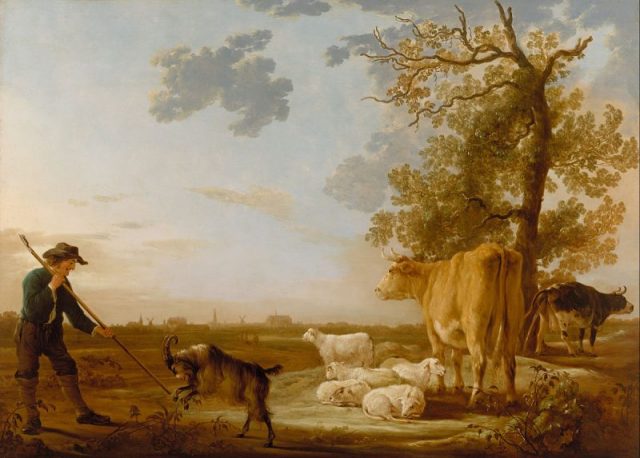
Arthur Coga lived, so it was a success in that respect, although it did nothing for his distressed mental state. Coga’s malady entered a disturbing new chapter and he wrote surreal letter to the Royal Society refusing the offer of a third xenotransfusion, claiming that the first two had “transformed him into another species.”
The experiments were a laughing stock and Coga was mocked in public, driven to spend all of his hard-bled earnings on drink, and this as much as any mysterious medical miracle surely drove him to become in his mind half-man, half-sheep.
He complained about the “loss of his own wool” and signed his letters “the meanest of your flock, Agnus Coga” — Latin for “Coga the Sheep.”
On top of this humiliation, news filtered through of the death of Denys’ third patient in France and the Royal Society gave up in the whole endeavour. A decade later in 1676 the xenotransfusion debacle was satirised in a play called The Virtuoso, in which one character aims to create a race of bleating, wool-covered sheep-men.
Ultimately none of these early blood transfusions did much good for anyone’s health even when they survived, so it was probably for the best.
Read another story from us: Rare Blue Pigment Found in Medieval Woman’s Teeth has Historians Excited
The four blood types weren’t identified until 1900 and we now recognise 30 variants in humans. If the blood of the doner isn’t compatible with the recipient, it can trigger a drastic response from the immune system that could end in death — more likely than not given the limited knowledge and treatments available to 17th century medicine.
Coga the Sheep got off pretty lightly, all things considered.
